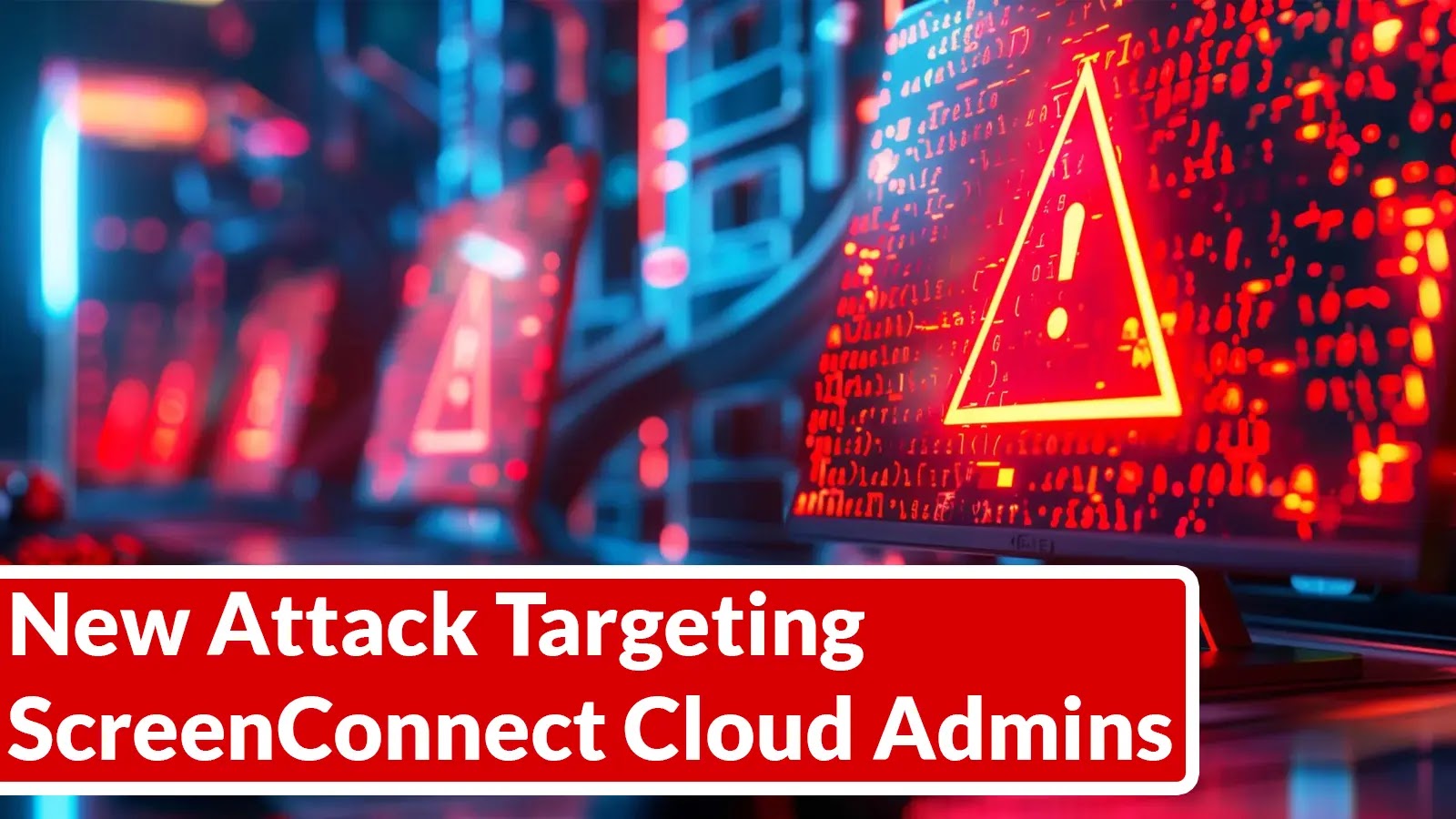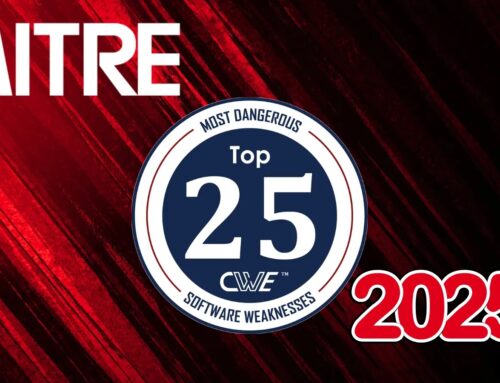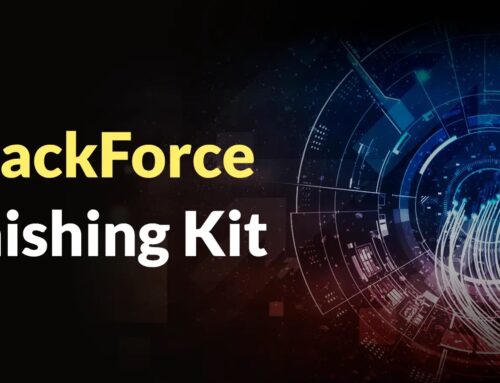
New Attack Targeting ScreenConnect Cloud Administrators to Steal Login Credentials
Urgent Warning: ScreenConnect Cloud Administrators Targeted in Sophisticated Credential Harvesting Campaign
A highly concerning and sustained credential harvesting campaign, dubbed MCTO3030, has been actively targeting ScreenConnect cloud administrators. This operation employs sophisticated spear-phishing tactics to compromise super administrator login credentials, posing a significant threat to organizations relying on ScreenConnect for remote access and support.
Operating with remarkable persistence since 2022, MCTO3030 has largely evaded widespread detection by utilizing a deliberate low-volume distribution strategy. Campaigns are meticulously executed, sending fewer than 1,000 emails per run, specifically targeting senior IT personnel with administrator privileges. Understanding the nuances of this persistent threat is critical for bolstering defensive postures.
Understanding the MCTO3030 Threat Campaign
The MCTO3030 campaign is characterized by its precision and longevity. Unlike broad-net phishing attempts, this operation focuses on a highly specific target demographic: ScreenConnect cloud administrators. This narrow focus allows the threat actors to craft more convincing and tailored spear-phishing emails, increasing their chances of success.
- Target Specificity: The campaign exclusively targets individuals with super administrator credentials for ScreenConnect cloud instances.
- Low-Volume Distribution: By sending a limited number of emails per campaign (under 1,000), MCTO3030 minimizes its digital footprint, making it harder to detect via traditional email security gateways that rely on high-volume indicators.
- Persistent Operation: Active since 2022, the campaign demonstrates a long-term commitment from the attackers, indicating significant resources and a clear objective for credential acquisition.
- Stealthy Tactics: The low-volume approach contributes to the campaign’s stealth, allowing it to operate under the radar for extended periods.
Attack Vector: Spear Phishing for Super Admin Credentials
The primary attack vector for MCTO3030 is spear phishing. Threat actors craft highly personalized emails designed to trick ScreenConnect cloud administrators into divulging their super administrator login credentials. These emails are likely to mimic legitimate communications, perhaps appearing to come from ScreenConnect itself, internal IT, or trusted third-party services. The ultimate goal is to lead the victim to a malicious login page or form designed to harvest their sensitive information.
Once super administrator credentials are stolen, attackers gain comprehensive control over the ScreenConnect environment. This level of access could enable a range of malicious activities, including:
- Unauthorized access to remote systems managed by ScreenConnect.
- Deployment of malware or ransomware.
- Data exfiltration.
- Lateral movement within the targeted network.
- Creation of new administrator accounts for persistent access.
Remediation Actions and Proactive Defenses
Protecting against sophisticated credential harvesting campaigns like MCTO3030 requires a multi-layered security approach focusing on prevention, detection, and rapid response. Organizations utilizing ScreenConnect cloud services must prioritize these actions:
Immediate Steps:
- Mandatory Multi-Factor Authentication (MFA): Enable and enforce MFA for all ScreenConnect administrator accounts, especially super administrators. Even if credentials are compromised, MFA provides a critical second layer of defense.
- Credential Monitoring: Implement solutions to monitor for compromised credentials and unusual login patterns related to ScreenConnect accounts.
- User Education and Awareness: Conduct regular security awareness training, emphasizing the dangers of spear phishing and the importance of verifying email sender authenticity and links before clicking. Train users to recognize red flags in suspicious emails.
Proactive Measures:
- Email Security Gateways: Ensure your email security solutions are configured for advanced threat detection, including spear-phishing and impersonation detection. Regularly update threat intelligence feeds.
- Link and Attachment Scanning: Utilize sandboxing and URL rewriting features in your email security solutions to analyze suspicious links and attachments before they reach the end-user.
- Regular Credential Rotation: Implement policies for regular password changes, particularly for high-privilege accounts.
- Principle of Least Privilege: Grant administrators only the minimum necessary permissions required for their roles. Avoid over-privileged accounts where possible.
- Audit Logs Review: Regularly review ScreenConnect audit logs for any unusual or unauthorized activity, failed login attempts, or changes to administrator accounts.
- Network Segmentation: If possible, segment networks to limit the blast radius in case an endpoint within the ScreenConnect environment is compromised.
- Incident Response Plan: Have a well-defined incident response plan specifically for credential compromise scenarios, including steps for account lockout, password resets, and forensic analysis.
Tools for Detection and Mitigation
Leveraging appropriate tools can significantly enhance an organization’s ability to detect and mitigate threats like MCTO3030.
| Tool Name | Purpose | Link |
|---|---|---|
| Advanced Email Security Gateways (e.g., Proofpoint, Mimecast, Microsoft Defender for Office 365) | Spear-phishing detection, URL sandboxing, attachment scanning, impersonation protection. | Proofpoint, Mimecast, Microsoft Defender for Office 365 |
| Security Information and Event Management (SIEM) Systems (e.g., Splunk, IBM QRadar, Microsoft Sentinel) | Centralized logging, anomaly detection, real-time alerting for suspicious login attempts or account activity. | Splunk, IBM QRadar, Microsoft Sentinel |
| Multi-Factor Authentication (MFA) Solutions (e.g., Duo Security, Okta, Microsoft Authenticator) | Provides a critical second factor for authentication, significantly reducing the risk of credential compromise. | Duo Security, Okta, Microsoft Authenticator |
| Endpoint Detection and Response (EDR) Solutions (e.g., CrowdStrike Falcon, SentinelOne, Microsoft Defender for Endpoint) | Detects and responds to post-compromise activities, such as malware execution or lateral movement on compromised endpoints. | CrowdStrike Falcon, SentinelOne, Microsoft Defender for Endpoint |
Conclusion: Heightened Vigilance is Imperative
The MCTO3030 campaign targeting ScreenConnect cloud administrators underscores the persistent and evolving threat landscape. Its low-volume, high-precision approach makes it particularly insidious, allowing it to operate undetected for extended periods. Organizations must move beyond basic security practices and implement robust, multi-layered defenses, with a particular emphasis on strong authentication (MFA), proactive threat intelligence, and continuous employee training.
Protecting super administrator credentials is paramount, as their compromise can lead to significant operational disruption, data breaches, and reputational damage. Heightened vigilance, comprehensive security measures, and a proactive stance are no longer optional but essential for safeguarding critical IT infrastructure and sensitive data against sophisticated adversaries.





